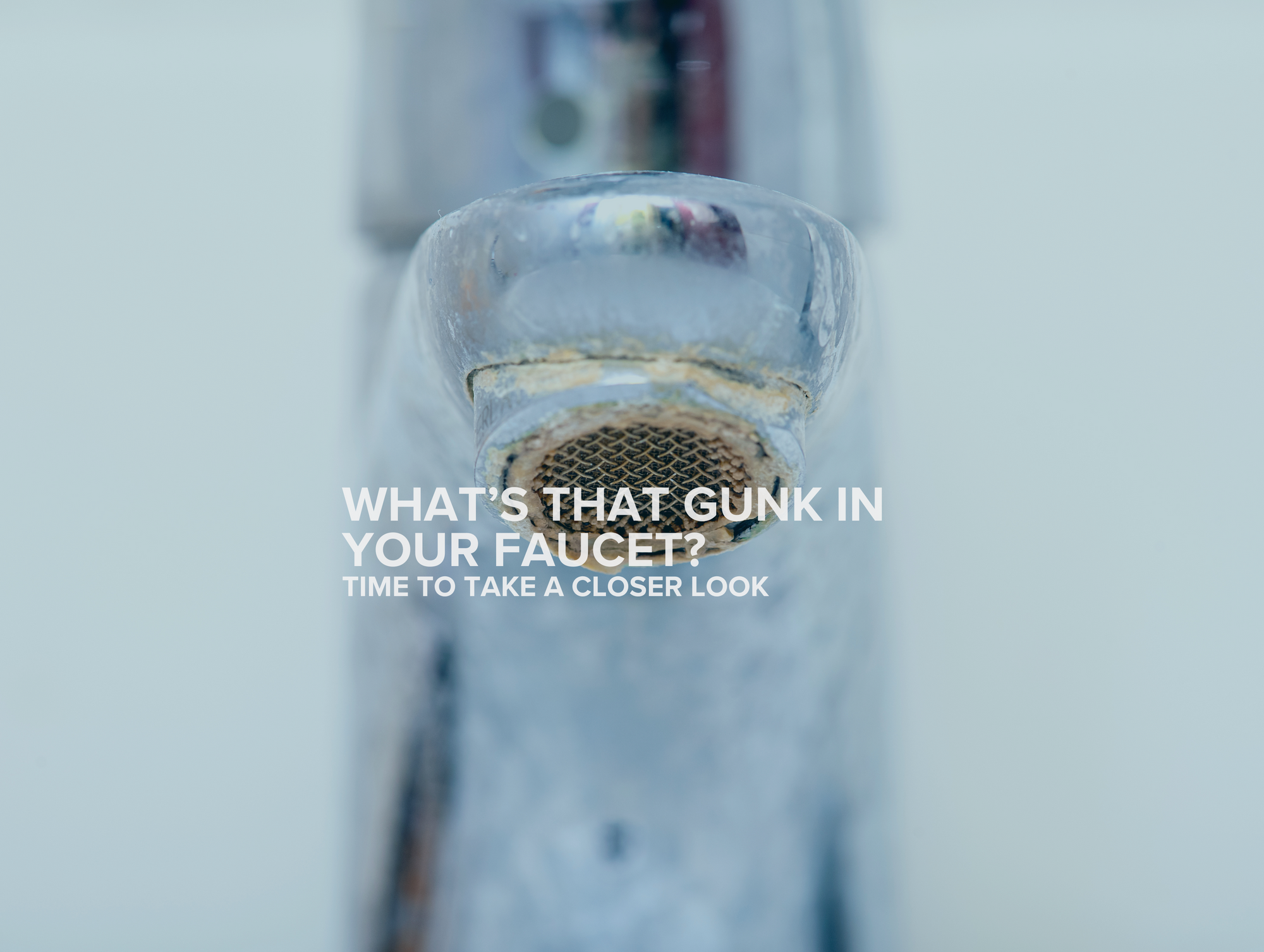

What’s That Gunk in Your Faucet?
Have you ever noticed a white crusty buildup around your tap? Or a slimy film inside your faucet fitting? That’s not just unsightly—it’s a warning sign.
As much as we love to talk about the benefits of clean, filtered, enriched water, the truth is: your faucet is the last stop before your glass. And if you haven’t taken a moment to look inside it recently, there’s a good chance you’re drinking water that’s passed through some pretty questionable buildup.
Let’s break it down.
Understanding Aerators: Essential for Tap Maintenance
Aerators are small attachments fitted onto the end of a faucet, designed to regulate water flow and improve efficiency. By mixing air with water, they reduce splashing, conserve water, and enhance pressure, making everyday tasks smoother. Over time, aerators have evolved to accommodate different needs, with variations like standard mesh aerators, laminar flow aerators for crystal-clear streams, and water-saving aerators that reduce consumption.

However, aerators can collect mineral deposits and debris, leading to reduced flow and buildup of gunk. Regular cleaning and maintenance ensure your tap functions optimally, preventing blockages and extending its lifespan. Understanding aerators and their different types helps in choosing the right one while keeping your faucet in top condition.
The Gunk You Can See—and the Stuff You Can’t
Over time, minerals like calcium and magnesium (especially in hard water areas) accumulate at the tip of your tap. If you’ve got an aerator, it can collect even more: biofilm, sediment, rust flakes, and even organic matter. In some cases, this gunk can harbor bacteria or affect your water’s taste and flow.
The surprising part? This often gets overlooked. People invest in top-notch filters, ionizers, or whole house systems—and then let the final delivery point stay dirty.
It’s Not All on the Water Supply—It’s Also on Us
Yes, our plumbing infrastructure has its issues. Yes, water can carry sediment and contaminants. But once that water is in your home, it’s your environment—and your responsibility.
Just like you clean your kitchen surfaces and your bathroom, your faucet fittings need regular attention too. No filter can compensate for a tap that hasn’t been cleaned in years.
A Simple Routine: How to Clean Your Faucet Fittings
Here’s how to keep your tap in top shape:
- Unscrew the aerator – Most taps have a removable end piece. Twist it off gently with your hand or a cloth-covered wrench. Usually you turn the aerator left.
- Soak in vinegar or citric acid – Submerge the aerator in a bowl of white vinegar or citric acid for 30 minutes to break down mineral deposits.
- Scrub with a brush – Use an old toothbrush to clean out stubborn debris.
- Rinse thoroughly and reattach – Make sure no bits are left behind.
Do this every couple of months—or more often if you notice buildup returning quickly.
A Final Word
Water is essential to life—and clean water is foundational to good health. But it's a shared responsibility. No matter how advanced your water system is, if your fittings and tapware aren’t clean, you're missing a key part of the equation.
So, next time you fill your glass, ask yourself: when was the last time you cleaned your faucet?
Your water deserves better—and so do you.








